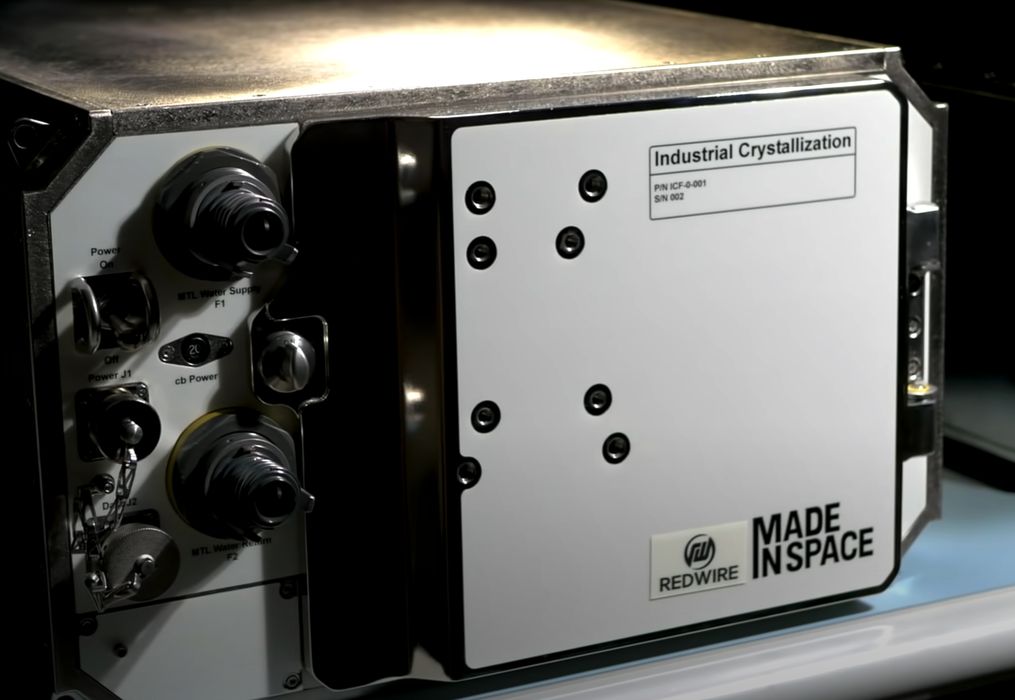
Blue Origin announced plans for a new space station, but the plan also includes a 3D printing system.
The new “Orbital Reef” concept is a proposed privately-built and operated space station, with a focus on research and industrial applications. While the existing International Space Station continues to fly above us each day, that outpost is on the clock: it is set to expire as soon as 2030.
While that may seem like a distant future date, it really isn’t when you consider the length of time required to build a replacement station. It’s forecast that rather than replacing the ISS with a single new station, private industry will pop up multiple new stations, each specialized for different purposes.
One of the first of these to be announced is Blue Origin and Sierra Systems’ Orbital Reef concept, which is portrayed in their promotional video:
This is certainly not an easy undertaking, and they’ve cobbled together a group of partners to participate, including Boeing, Arizona State University and Redwire.
Who is Redwire, you ask? They are a space components supplier, formed only a year ago with a corporate merger. Our interest here is that they acquired Made In Space in June 2020.
Made In Space has long appeared on our pages, as the first company to develop a practical space-based 3D printer. The innovative company has:
- Launched an extrusion-based 3D printer to the ISS and tested it successfully
- Successfully 3D printed engineering materials PEI/PC in orbit
- Developed a 3D printer that can operate in a vacuum
- Been selected by NASA to develop a 3D printer capable of making large structures
- Developed a metal 3D printer for orbital use
- Tested ceramic 3D printing on the ISS
As you can see by this list, their expertise in this niche area is considerable, built up over many years.
Redwire’s partnership in the Orbital Reef project is notable, in that it begins the shift away from NASA research funding towards true commercial work for private companies.
While one might say that Redwire’s 3D printing market is rather small today, it is posed to become quite massive in the future as the space industry develops further. They are clearly playing the long game here, and this partnership could be the first step towards a much bigger future.
That’s the optimistic view. On the other hand, there are outstanding questions regarding the viability of the project.
Two partners, Blue Origin and Boeing, have been beset by delays and problems developing their new space systems, with Blue Origin in particular suffering years of delays on their critical rocket engine. Meanwhile, Boeing has had multiple issues in getting their Starliner transport system operational.
While they may eventually sort out these issues and become operational, there remains the question of financial viability as the Orbital Reef will have to be funded by clients using its services. Will these clients exist by 2030?
Via YouTube and Orbital Reef
